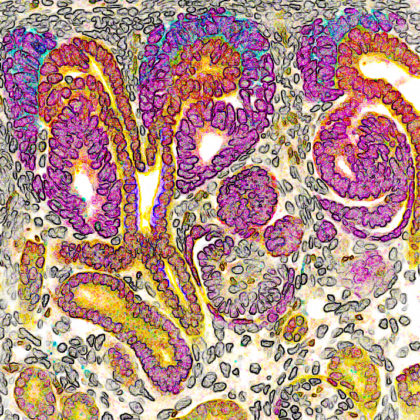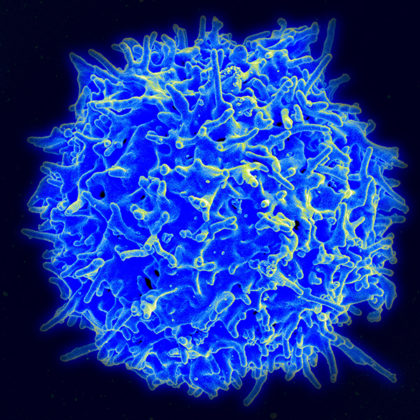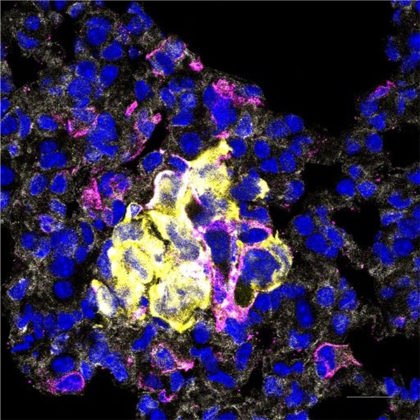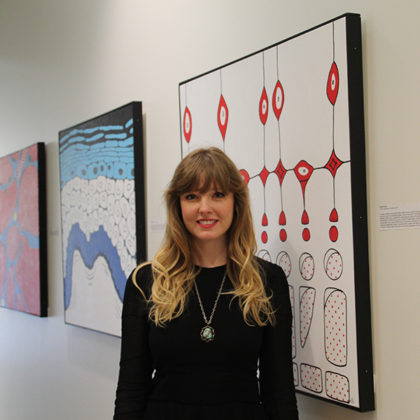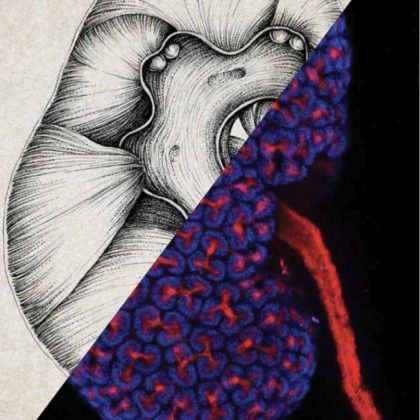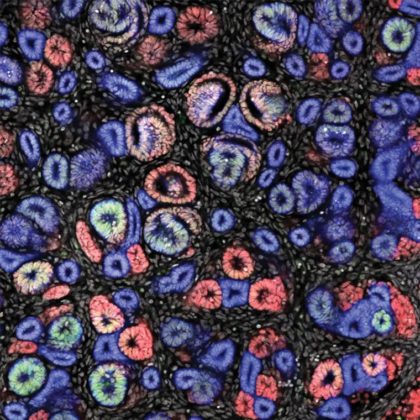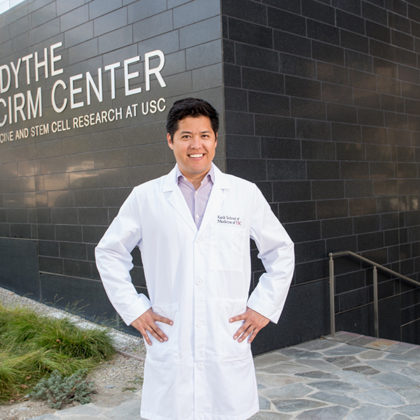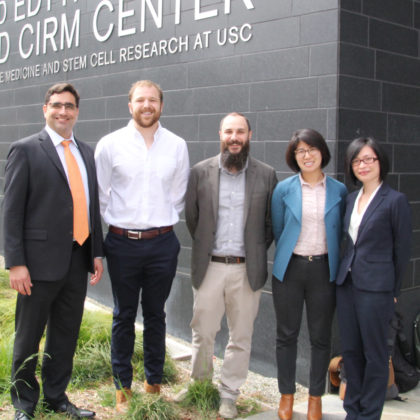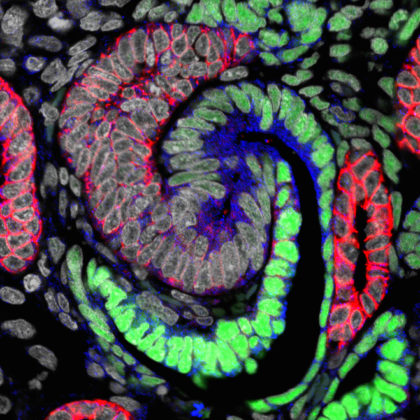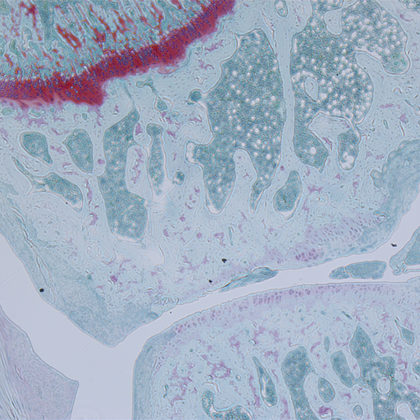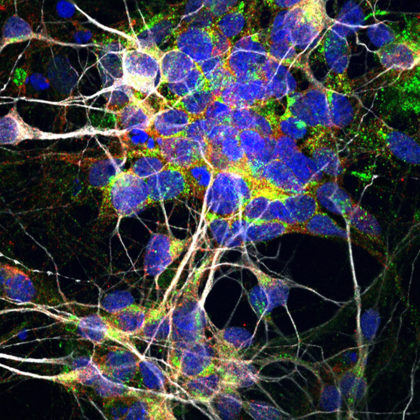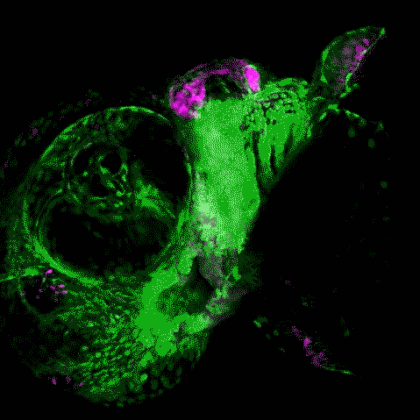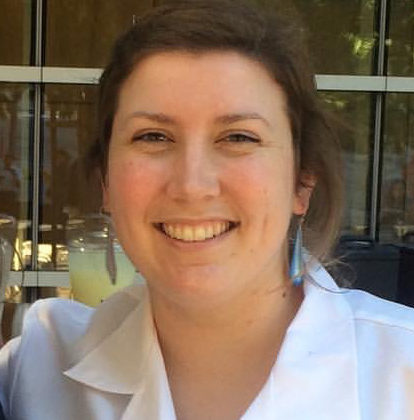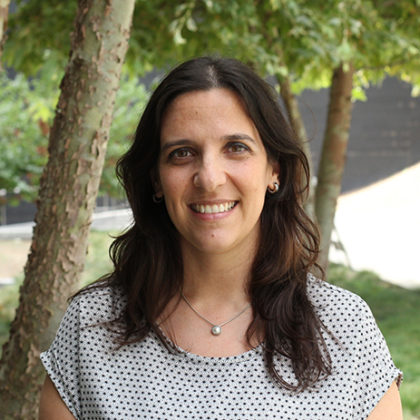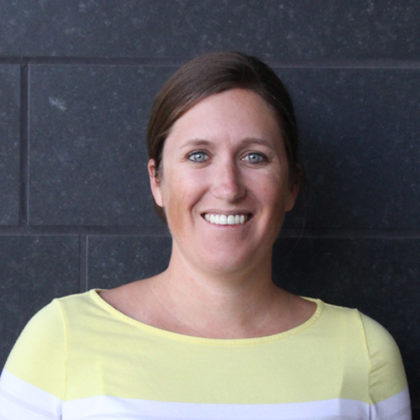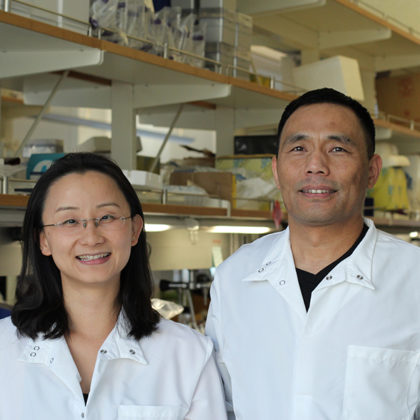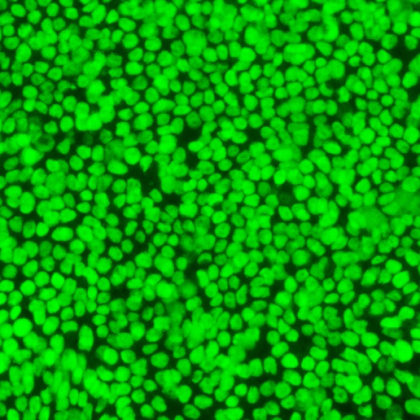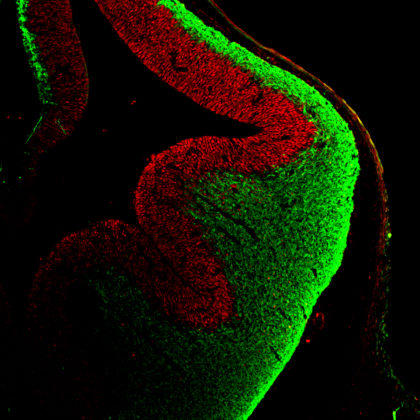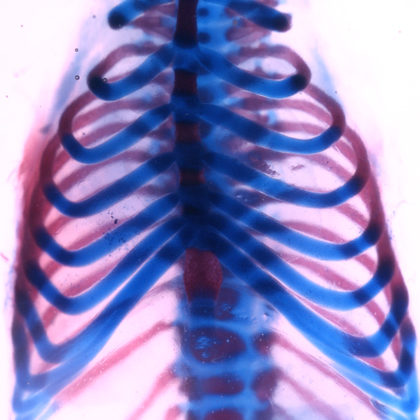Press inquiries, websites, social media, writing, editing, multimedia production, and public outreach
Stories
A Fox code for the face
In the developing face, how do stem cells know whether to become cartilage, bones or teeth? To begin to answer this question, scientists from the USC Stem Cell laboratory of Gage Crump …
From perfectly punctual to fashionably late, it takes all kinds to build a kidney
Running early or running late can have big consequences—especially when it comes to the progenitor cells involved in human kidney development. According to a new study in Developmental Cell from the USC …
When it comes to balancing the immune system, some blood stem cells are better than others
In your body, blood stem cells produce approximately 10 billion new white blood cells, which are also known as immune cells, each and every day. Even more remarkably, if some of these …
Particle shows promise for treating the most deadly type of breast cancer
USC Stem Cell researchers from the laboratory of Min Yu have positive news for patients with triple-negative breast cancer (TNBC), the most deadly type of breast cancer. By inhibiting a protein called …
USC’s Kella Vangsness paints stem cells as superheroes
With captions by Kella Vangsness “As an artist and scientist, I cannot help but imagine stem cells as ‘superheroes’ fighting against ‘villains’ of disease,” said Kella Vangsness, who is graduating from USC …
Growing hope: New organs? Not yet, but stem cell research is getting closer
If you lose a limb, it’s lost for life. If you damage a kidney, you won’t grow a new one. And if you have a heart attack, the scars are there to …
Growing hope: What are stem cells, and how does USC use them?
Stem cell therapies have accelerated at a promising pace, but how do they work? And what are stem cells?
USC Stem Cell scientist Justin Ichida named inaugural Richard N. Merkin Scholar
In USC’s Department of Stem Cell Biology and Regenerative Medicine, half of the faculty members are assistant professors, poised at the threshold of their careers in biomedical research. One of these promising …
At USC’s Junior Faculty Mini-Symposium, stem cell scientists build to understand
When physicist Richard Feynman died in 1988, he left a message scrawled across his chalkboard: “What I cannot create, I do not understand.” Twenty years later, scientists in a very different field …
Never accept a kidney donation from a mouse
Researchers are hard at work building mini-kidneys from human cells—using blueprints mostly drawn from lab mice. But mouse kidneys differ from their human counterparts in more than mere scale, as detailed by …
Small molecule could make a big difference for arthritis patients
Will there come a time when a patient with arthritis can forgo joint replacement surgery in favor of a shot? USC Stem Cell scientist Denis Evseenko has reason to be optimistic. In …
The toxic relationship between ALS and frontotemporal dementia
ALS and frontotemporal dementia (FTD) are two neurodegenerative diseases with a toxic relationship, according to a new USC Stem Cell study published in Nature Medicine.
USC Stem Cell scientists chew on the mysteries of jaw development
Scientists in the USC Stem Cell laboratory of Gage Crump have revealed how key genes guide the development of the jaw in zebrafish. These findings may offer clues for understanding craniofacial anomalies …
Broad Clinical Research Fellows use stem cells to build bone and combat cancer
This year’s Broad Clinical Research Fellows will apply stem cell-based approaches to two prevalent problems: non-healing bone injuries, which affect 5 million Americans each year; and neuroblastoma, which is the most common …
USC scientist Susana Cavallero dedicates her heart to vascular stem cell research
Pursuing her passion for cardiovascular research, Susana Cavallero has journeyed from her hometown of Polvaredas in Saladillo, Argentina, to Buenos Aires to Los Angeles, where she is an assistant professor of research …
Broad Fellows look to stem cells to treat heart disease and hearing loss
When it came time to select this year’s Broad Fellow, the award committee couldn’t pick just one. Instead, they bestowed the honor on two talented postdoctoral researchers in USC Stem Cell laboratories: …
Broad Innovation Award winners work to develop cancer immunotherapy
Imagine an ever-renewing source of immune cells that can be engineered to attack cancer and infections. The winners of this year’s Eli and Edythe Broad Innovation Award at USC are already striving …
Subtle cues can dictate the fate of stem cells
If you’ve seen one GSK3 molecule, do not assume that you have seen them all. A new study in Developmental Cell reveals important differences in two similar forms of GSK3, which, in …
Ryk needs a chaperone
Ryk has made the headlines by requiring a chaperone. But don’t assume that Ryk is a badly behaved celebrity—it’s actually a protein featured in a new study in the Proceedings of the …
Mariani Lab reveals rules for making ribs
Scientists from the USC Stem Cell lab of Francesca Mariani recently shared a recipe for ribs, and it doesn’t even require barbecue sauce.


